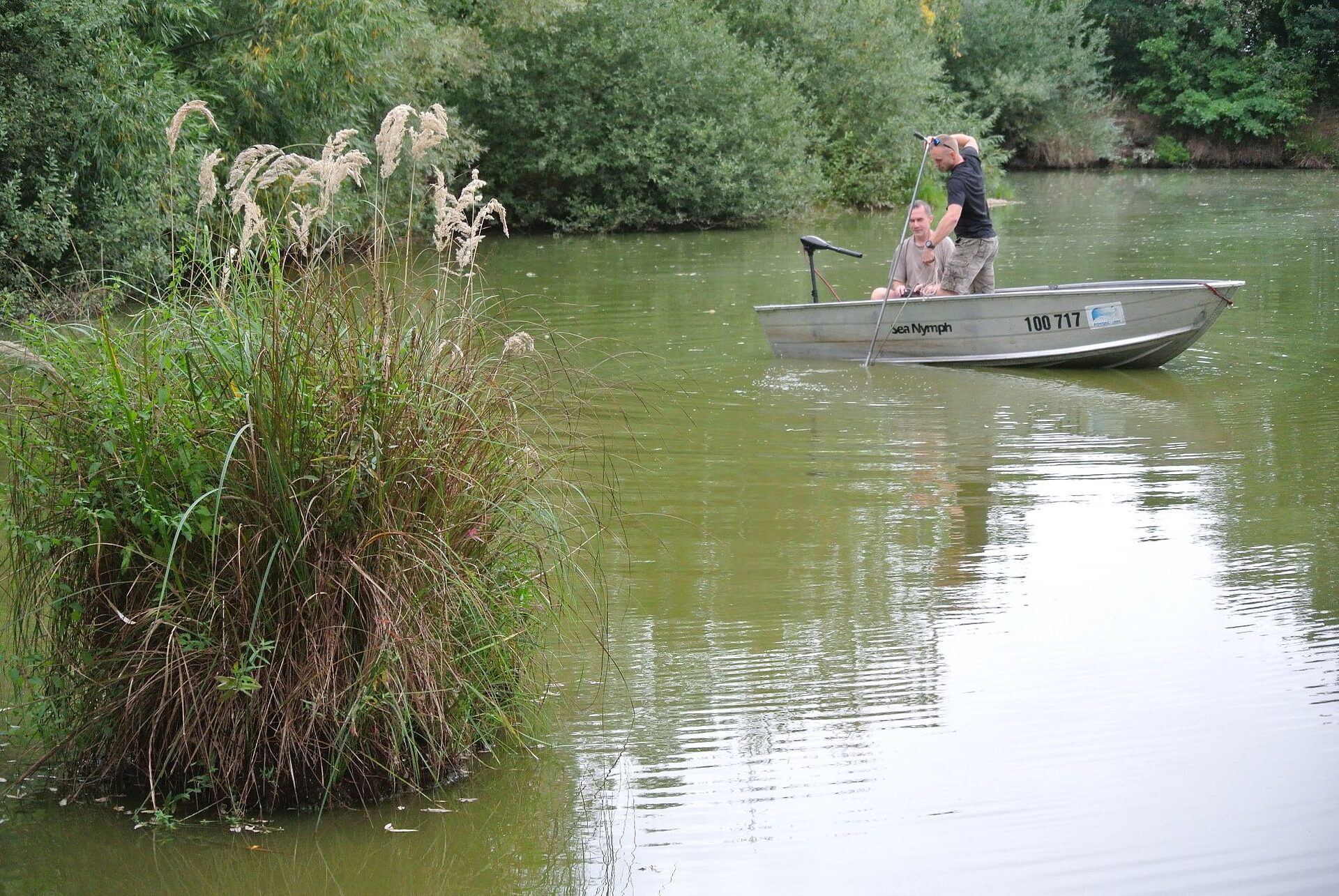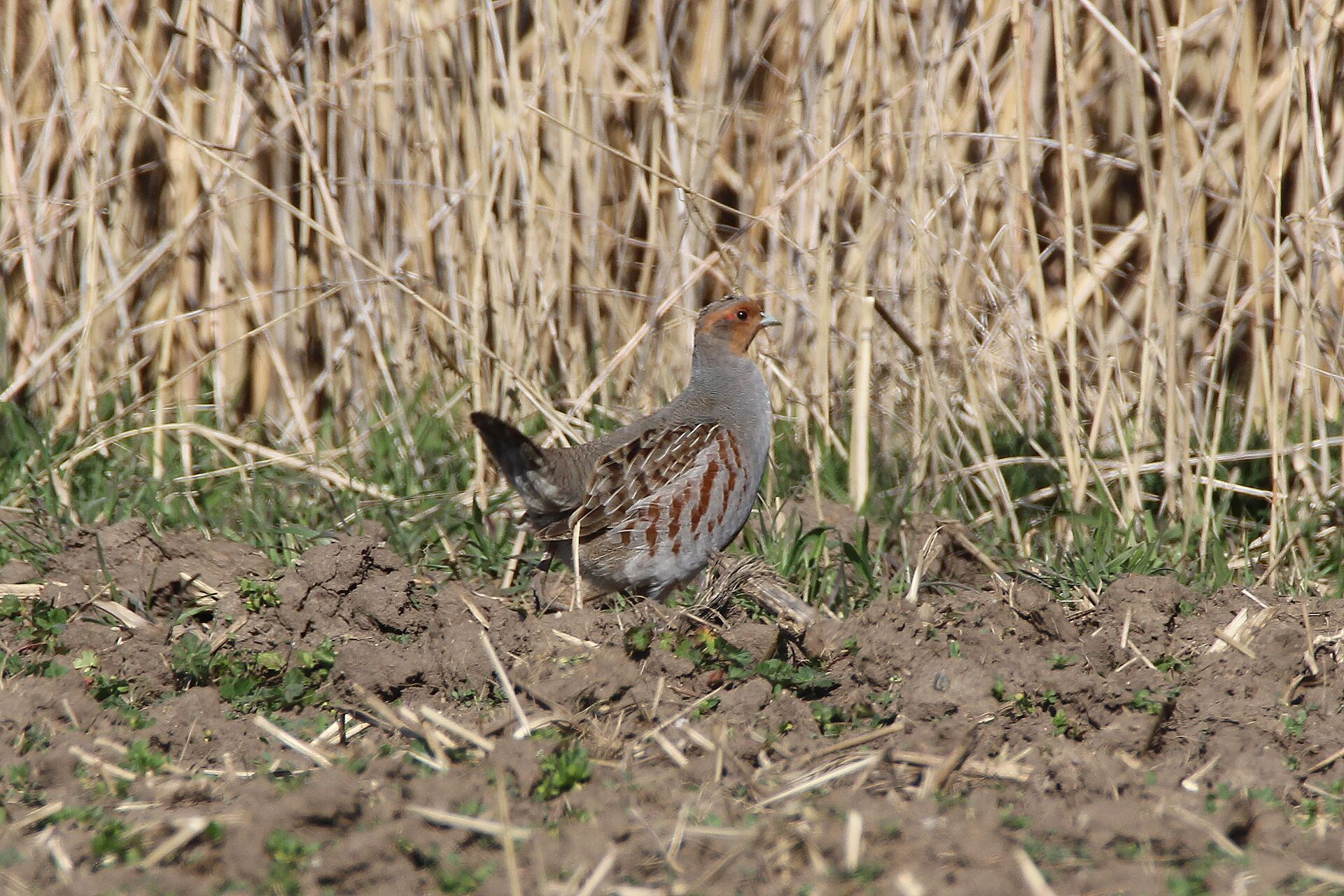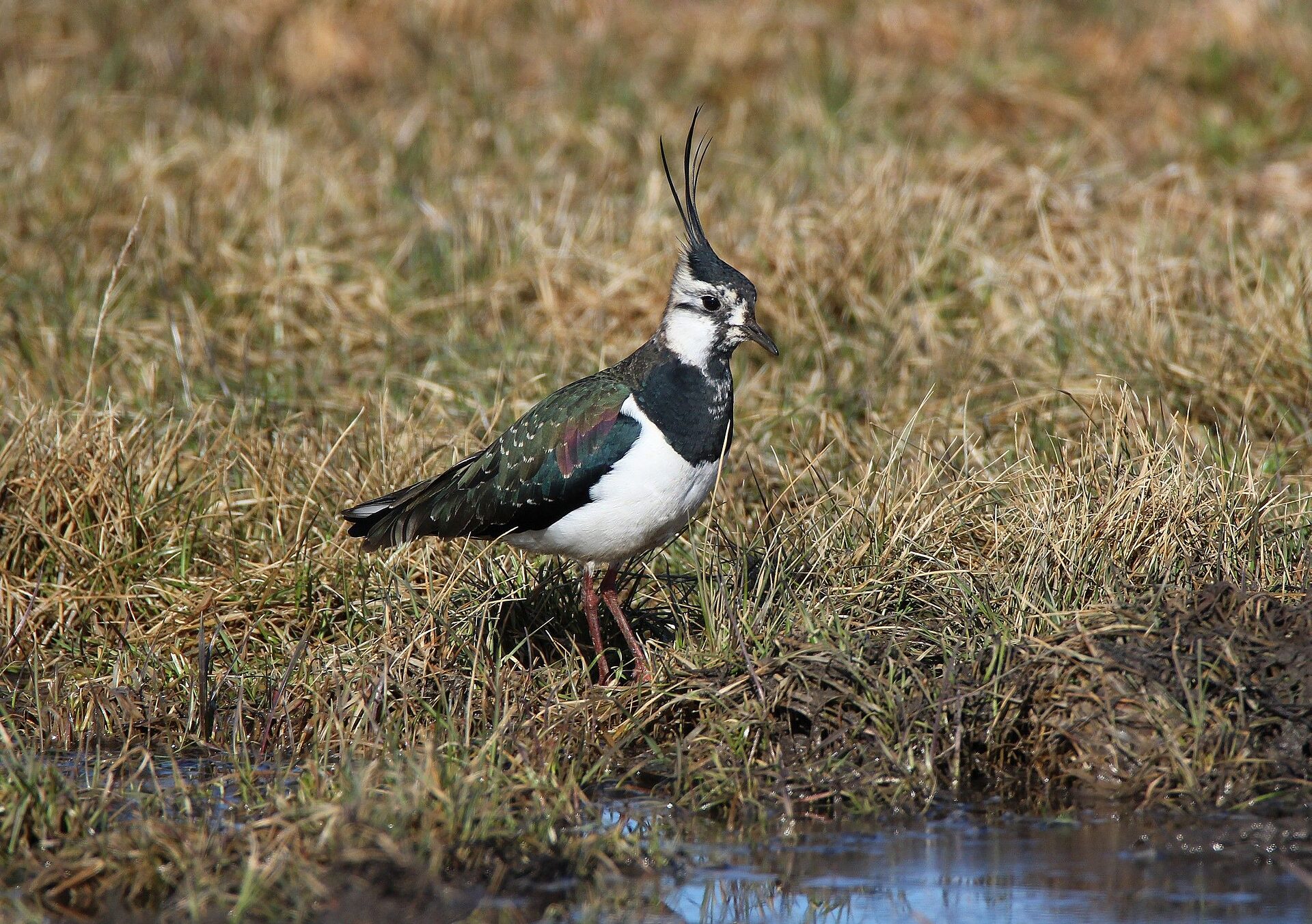Water retention in Czechia
Keywords: land use, nature conservation
Subject and objectives of the project
The project aims to adapt to climate change and the biodiversity crisis through measures to stabilize the landscape water balance and develop appropriate landscape structures in order to ultimately increase the resilience of ecosystems. The project partners can draw on measures in the planned model regions and an existing network from a recently completed DBU project, in which cooperative and collaborative approaches played a very important role.
The project is designed on two levels: First, project activities will be carried out at regional level (Nechanicko and Hrušovansko) in order to utilize and expand the cooperation achieved so far with stakeholders and to broaden the range of activities. Secondly, the knowledge gained from the pilot project is to be transferred to the entire territory of the Czech Republic. Measures are both designed and implemented in at least one model.
The project is aimed at the following key groups: Land users, conservationists, municipalities and landowners. Furthermore, NGOs as well as institutions and experts dealing with agricultural landscape protection, landscape water balance and climate change are also involved.
The following activities are planned:
- Creation of landscape elements to support water retention and biodiversity through the implementation of concrete measures at defined sites in the model regions and identification of further measures involving stakeholders and volunteers in the negotiation process with landowners, which is crucial for the successful implementation of these projects.
- Raising awareness of resilient ecosystems and measures to adapt to climate change
A key component of the project is to further raise awareness among farmers and other stakeholders for sustainable agricultural practices and agri-environmental and climate adaptation measures. The project areas in South Moravia and East Bohemia have been the areas most affected by the drought since 2014, and groundwater recharge has been insufficient for several years. On the other hand, they are particularly affected by floods (Nechanicko, August 2012), drought and wind erosion (Hrušovansko), which is why the resilience of ecosystems has become more important to affected farmers, mayors and the public.
The Czech partners will therefore develop publications and information materials and continue to expand an online database on funding opportunities for landscape conservation(www.ziva-puda.cz), which are aimed at different target groups in adapted formats. - Further development of cooperation with individual municipalities in 2 model regions, which could serve as a basis for the establishment of a permanent cooperation structure similar to the landscape conservation associations in Germany.
- Transferring the findings from the pilot project to other Czech regions
Innovation and exemplary nature of the project
On the one hand, the implementation and communication of exemplary measures together with all stakeholders can be mentioned here, but on the other hand it is also about the creation of an organizational structure such as a landscape conservation association in Germany. This is explained in more detail below:
- National level: Expansion of project activities to the national level. The activities focus on raising awareness and passing on the experiences from the pilot project to a wider audience.
- Flagship species: lapwing(Vanellus vanellus), white stork(Ciconia ciconia) and partridge(Perdix perdix) are actively promoted as target species of the project. The first two species, as typical wetland species that occur in both microregions, can be optimally used to illustrate the problem of climate change and water scarcity in the landscape. The popularity of the white stork has increased in the Czech Republic in recent years due to the intensive use of online nest streaming. The high number of supporters among the public brings with it new challenges for nature conservation communication, as people become very emotional when it comes to the fate of individual stork families. This is an opportunity to draw attention to the main problems for storks, which are to be found in homogeneous, increasingly dry, degraded ecosystems with low food availability. The partridge is considered a model species for the promotion of flower strips as an adaptation measure to climate change, for a diverse landscape structure and for the problematic use of pesticides. Together with the lapwing, it is considered a target species that can be used to draw attention to the problems of intensive agriculture and the direct threat to ground-nesting farmland birds.
- The database for funding opportunities created as part of the pilot project(www.ziva-puda.cz) will be established at both regional and national level during the project. This website also serves as an online advisory platform for interested stakeholders, where the results of events and reports etc. are also made available.



Project implementation:
- German Association for Landscape Conservation (DVL), Ansbach
- Czech Society for Ornithology (CSO), Praha, Czech Republic
- Ekotoxa – Center for Environment and Land Assessment, Brno, Czech Republic
Places of work: Bavaria in Germany, South Moravia and Hradec Králové in the Czech Republic
Funding period: December 2022 to March 2024
Project costs: Total volume: 190,668 euros, funding from DBU: 121,567 euros
DBU-AZ: 38522
Status: 29.04.2024
Cover picture: Václav Zámečník